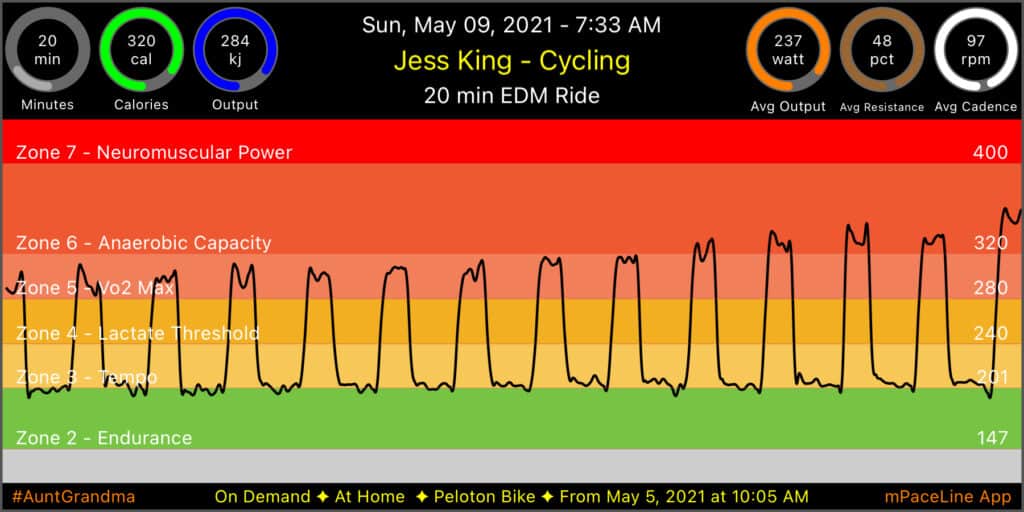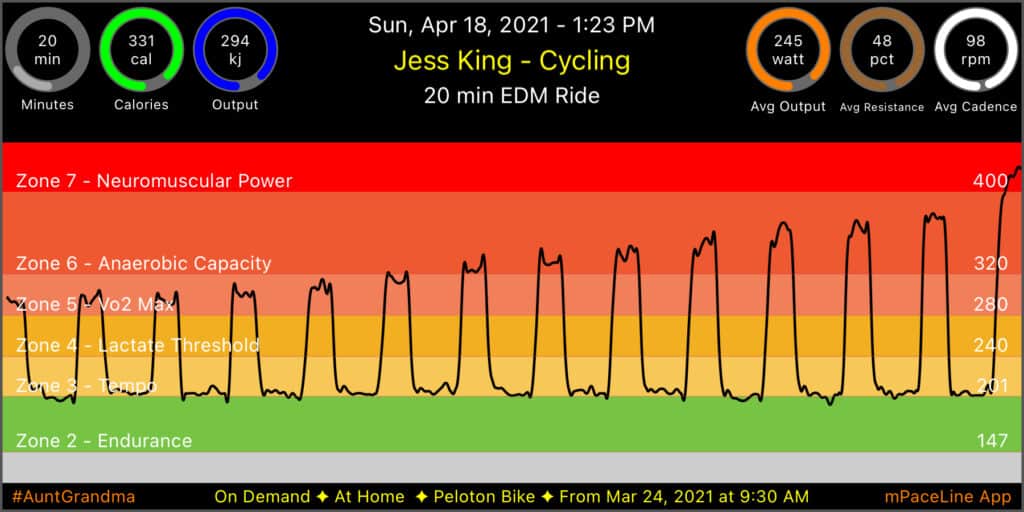Friends ask me how I keep going on days when I don’t feel like it. This is always a curious question to me because dealing with “don’t wanna” happens so quickly, it’s basically a non-issue. As simple as stopping to tie my shoe and carrying on.
Here’s how…
Says Who?
The “don’t wanna” is either mental or physical – the brain or the body. The key is to identify which, or who, and then deal accordingly.
Mental
If it is mental, that means I’ve somehow forgotten my motivators – drive, goals, and grit – and I need to take a minute to review. These motivators are so strong and important for me, they get me up and out of bed every day, excited to do the work to get one day closer to achievement. “Don’t wanna” doesn’t exist here.
Mental “don’t wanna” can TAKE A SEAT! That’s sabotage talking and completely unhelpful. That’s a huge distraction that needs to be put out of its misery so the body can get back to directing. My goals are too big to let prattling mind chatter ruin my plans. That sort of stinkin’ thinkin’ isn’t paying rent for space in my head, so she can move on out!

Physical
If the “don’t wanna” is physical, then I pay attention to my body, especially as I am working through recovery and rehab work. The body is smart and needs the mind to pay attention on days like this, so I do.
It looks like this:
I’ll use a bike workout as my example, but this is true for everything. Let’s say I have a day where I wake up not feeling 100%. I’ve planned an early morning bike ride and maybe even have friends joining me. I don’t want to disappoint myself or them. I could just bail, no big deal, but that always leads to this weird stuck spot of wondering, waffling, spinning – Could I? Should I? What if? Maybe later?
STOP THAT.
It feels way worse to be there mentally than to just show up at the bike.
So I show up.
Every time.
I get on the bike and just start. Turn off the mind and start.
Do a 5 min warm up, let my body show me what it needs and is capable of. Start the planned workout and follow the body’s lead. Often, the ride happens exactly as planned! Sometimes my body says NO and I modify the ride into drills, or simple spinning to flush the legs out. There are even times when it’s a hard no after 5 minutes – but at least I showed up and tried. I can carry on with my day without the mental turmoil I described above.
Yesterday was one of these days physically. My mind was 100% in, but my body was lagging. Without a second thought, I showed up. Zero time wasted on the “don’t wanna” questioning. I ended up doing my planned ride but dialed back a notch.
I did this:

Rather than something more like this:

Overall it is a minimal difference on paper, but it was much easier on my body, and definitely better than not showing up at all. My mind would have been happy with a set of drills and calling it good, but my body showed me that I had this in me. I’m happy I listened to my body!
Seth Godin has an essay/chapter/piece in his book What To Do When It’s Your Turn (and it’s always your turn) that illustrates this idea of the mind vs. body being in control beautifully:
Free will and the play-by-play in your head
“Everyone I’ve ever asked has had the same experience with the voice in their head. They tell me that the little man (or woman) who’s up there, constantly chattering, makes the important decisions. ‘I feel like having some ice cream,’ he says, and so we have some ice cream. It’s this voiceover that considers options, debates, outcomes, and ultimately decides. Or at least it feels that way.
But Dan Dennett and other philosophers and researchers have demonstrated that this isn’t true.
Here’s how to think about it: Dave Hodge (substitute your favorite sportscaster) is doing the play-by-play for a baseball game. Now, take a video recording of the game and move Dave’s play-by-play forward by about six seconds. Instead of Dave describing what happens after the play (the way it usually works), in our sped-up version, Dave says something and then it happens.
‘Suzuki is on the mound, winds up for the pitch, it’s a strike…’ we hear Hodge say. And then, we watch Suzuki wind up and throw a pitch.
This, of course, is silly. We all know that the announcer doesn’t tell the player what to do; we know that the player does something and then the announcer describes it.
Guess what? That’s how the voice works. It does play-by-play.
That voice in your head is describing what you’re about to do after a different part of your brain has already initiated that action.
And that’s how we drive ourselves nuts, and why we hide, and why it’s hard to be free. Because the chattering voice in our head is busy pretending it has agency, when in fact, all it’s doing is going along for the ride.
Take a second to digest that, because it will change everything. Your body decides, the voice in your brain narrates.
Of course, there’s a cycle. The voice in your head then pushes back on the rest of your body, often causing stress, or second-guessing, or hesitation. It’s only when we learn not to banish the voice but to dance with it that we’re able to do our best work.”
– Seth Godin, What To Do When It’s Your Turn (and it’s always your turn)
The next time you catch yourself thinking “I don’t wanna” about anything, pause and check in to ask SAYS WHO. Is it the body, or the mind? Who will you listen to?
If you have landed on this page from an external link, please go HERE to read from the beginning. Otherwise, click on the next title below to continue.


Leave a Reply
You must be logged in to post a comment.